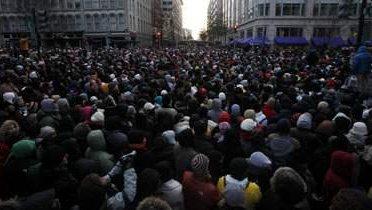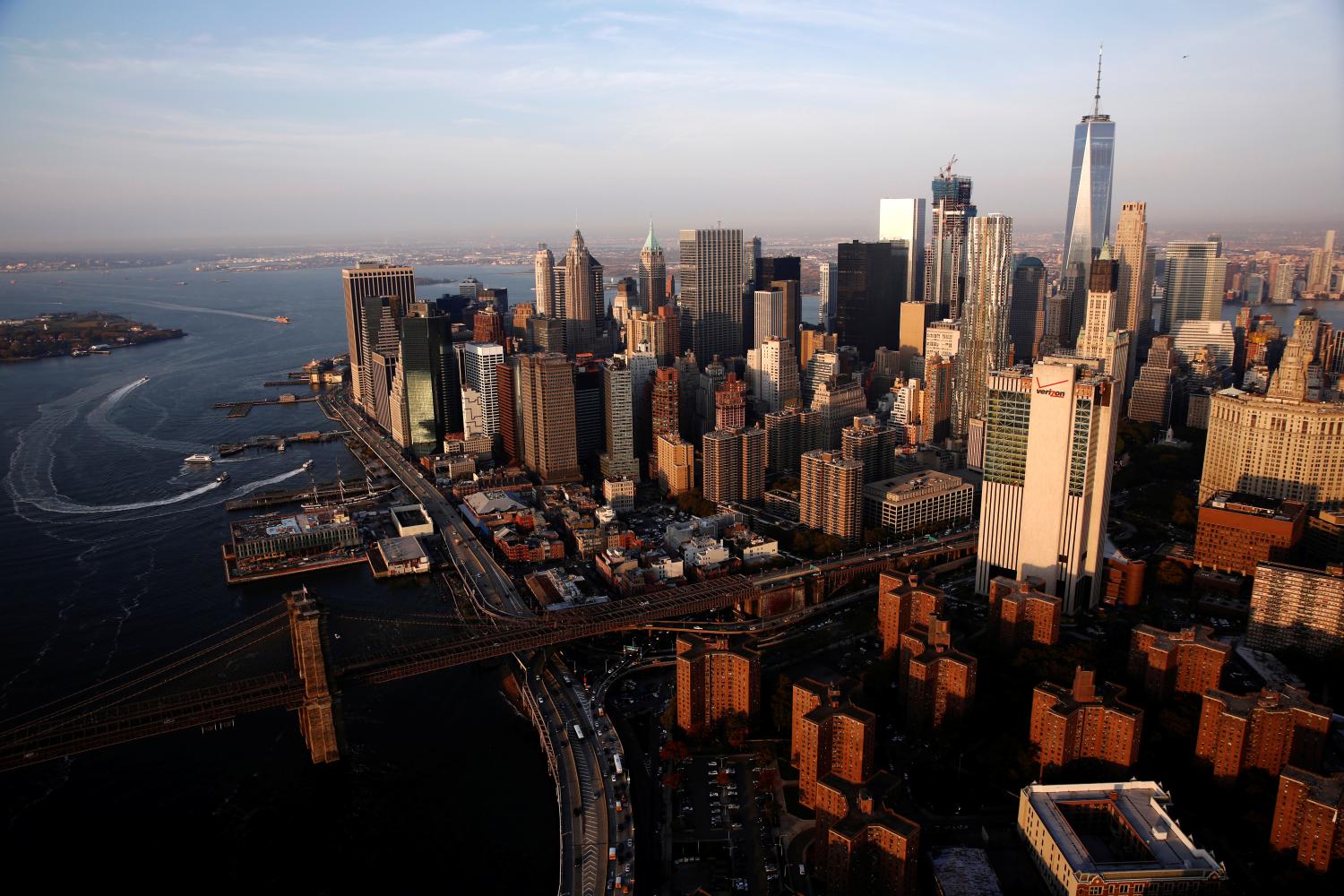As U.S. job and housing markets stabilize and expand once again, population will likely return to interior Sun Belt metropolitan areas and suburban communities generally. However, the places that succeed in this new regime will probably not mirror the winners at either the middle or the end of the turbulent 2000s. Instead, metro areas with diversified, knowledge-based economies are likely to attract and retain population over the long run.
An analysis of U.S. Census Bureau population data for the nation’s 100 largest metropolitan areas from 1980 to 2010 reveals that:
Metropolitan growth in both the Sun Belt and Snow Belt tapered in the 2000s, after accelerating in the 1990s. While 61 of the nation’s 100 largest metro areas grew faster in the 1990s than during the 1980s, 69 grew slower in the 2000s than in the 1990s. Southern and Western metro areas still grew fastest in the 2000s, but exhibited the greatest growth slowdowns from the prior decade.
Growth slowed considerably during the latter part of the 2000s, especially in “bubble economy” metropolitan areas. Population growth decelerated in 63 metro areas between the mid- and late-2000s, most markedly in mid-decade growth leaders such as Las Vegas, Phoenix, Boise City, Orlando, Cape Coral, and Lakeland.
Suburbs continued to grow more rapidly than cities in the 2000s, but growth rates for both types of places declined from their 1990s levels. Most cities and suburbs of the 100 largest metro areas grew during the 2000s. Yet 73 suburbs and 58 primary cities grew more slowly in the 2000s than the 1990s. Denver, Atlanta, Miami, Salt Lake City, and Las Vegas ranked among the metro areas in which suburban growth slowed the most.
Exurban and outer suburban counties experienced a population boom and bust in the 2000s. Aggregate population growth in counties near the metropolitan fringe peaked in 2005-2006, and declined more than half by 2009-2010. By contrast, growth rates in cities and dense inner suburbs rose in the latter half of the decade.
Hispanic dispersion to “new destination” metropolitan areas and suburbs dropped sharply in the late 2000s. Charlotte, Raleigh, Atlanta, Provo, and Las Vegas were among the metro areas experiencing the steepest declines in Hispanic growth after 2007 as construction jobs dried up.
The Brookings Institution is committed to quality, independence, and impact.
We are supported by a diverse array of funders. In line with our values and policies, each Brookings publication represents the sole views of its author(s).





